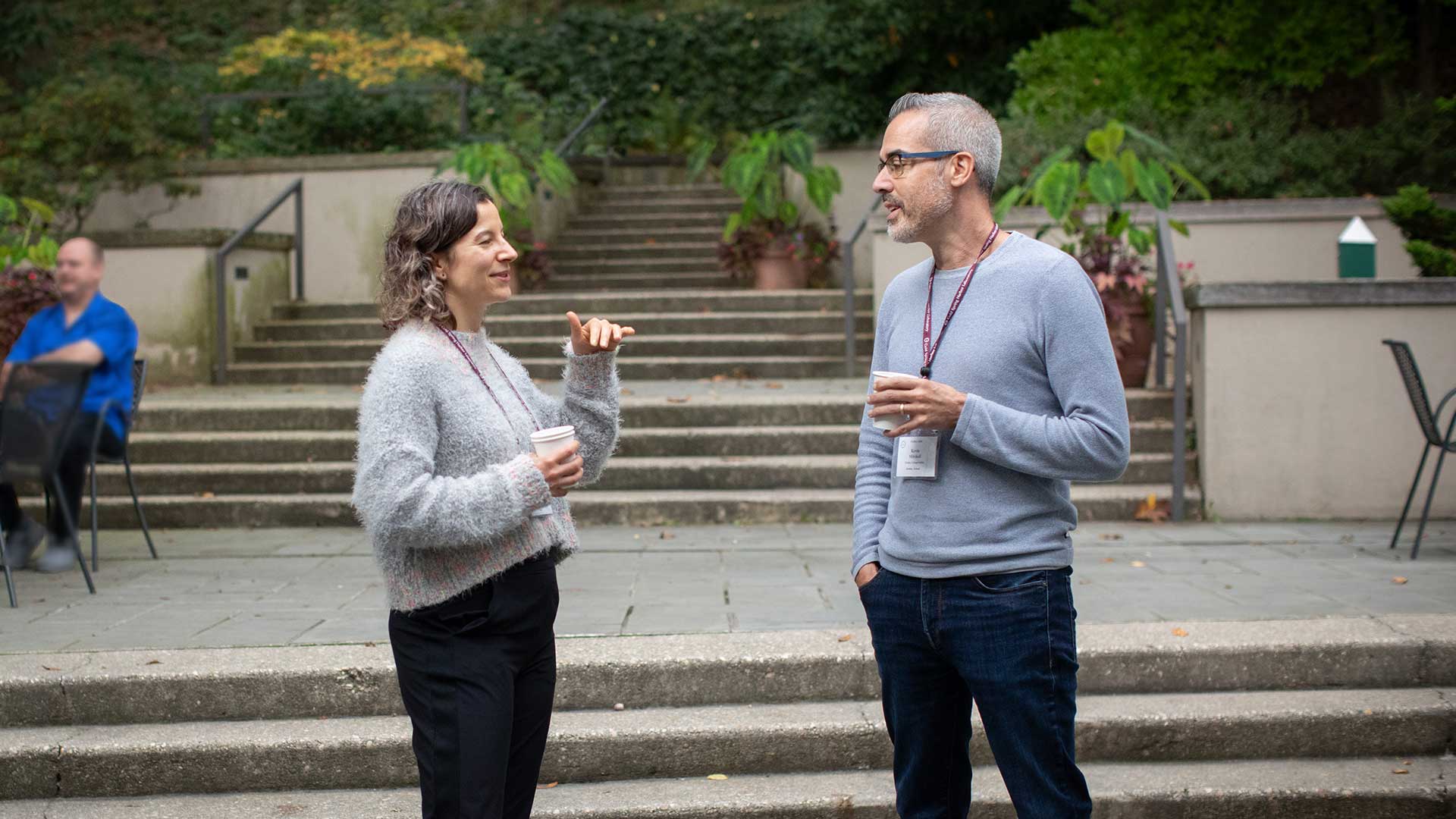What if there was a tiny drone whose in-flight controls were modeled on the visual capabilities of the common fruit fly? What if individual neurons in the human brain were sensitive to speech context?
Yesterday’s flights of fancy are today’s emerging discoveries as leading scientists from around the world gather at Cold Spring Harbor Laboratory (CSHL) to discuss the journey “From Neuroscience to Artificially Intelligent Systems” (NAISys). The NAISys meeting challenges researchers at the intersection of AI and neuroscience to identify insights from brain studies that may be applied to new AI models. That intersection is a field known as NeuroAI.
“AI is making a lot of progress,” says McGill University Associate Professor Blake Richards. “But there’s a growing sense that this progress can only take us so far. Understanding the mechanisms by which animals intelligently interact with the complex world we live in is one of the best ways to stimulate new directions in AI research.”

Started in 2020, NAISys is a biennial conference held as part of CSHL’s world-renowned Meetings & Courses Program. Richards is one of three of the meeting’s co-organizers along with CSHL Professor Anthony Zador and University of California, Berkeley Professor and HHMI Investigator Doris Tsao.
This year’s meeting covered a range of topics, from incorporating AI into health care to hardware that can process data like the human brain. CSHL Professor Alexei Koulakov presented an AI that can identify odors. CSHL Assistant Professor Helen Hou’s lab introduced computer vision technology that captures mouse facial expressions at high speeds. And yes, there was a presentation on fly-minded drones as well. That one came to us from Hanyang University Assistant Professor Anmo Kim.
“NAISys brings together a unique community of researchers,” says Richards. “And I feel privileged to be a part of it.”
Written by: Luis Sandoval, Communications Specialist | sandova@cshl.edu | 516-367-6826
